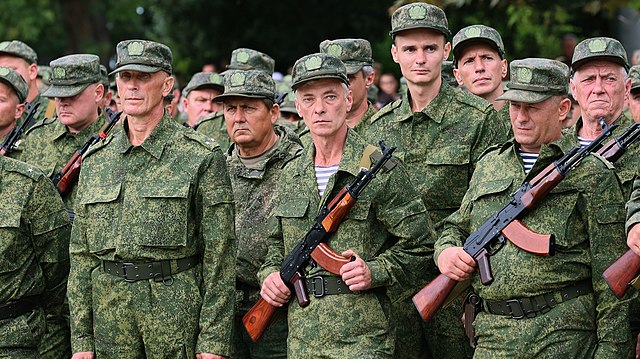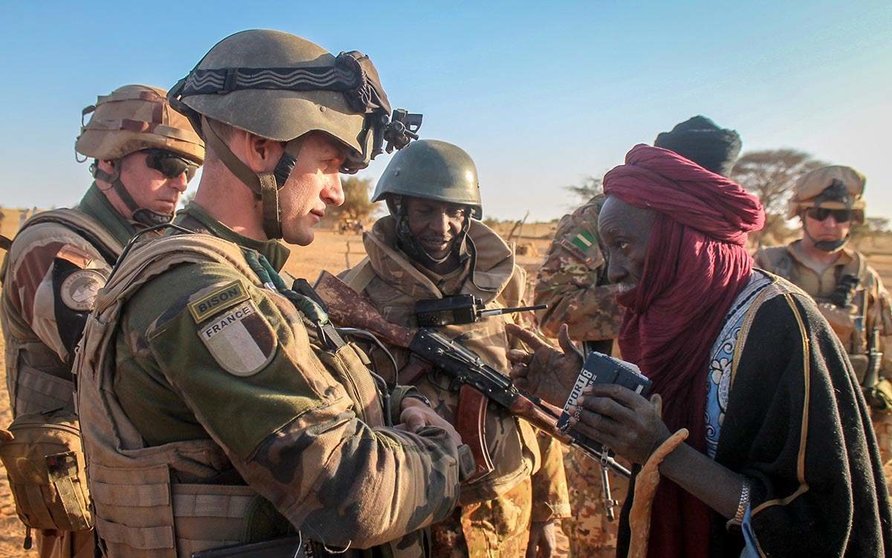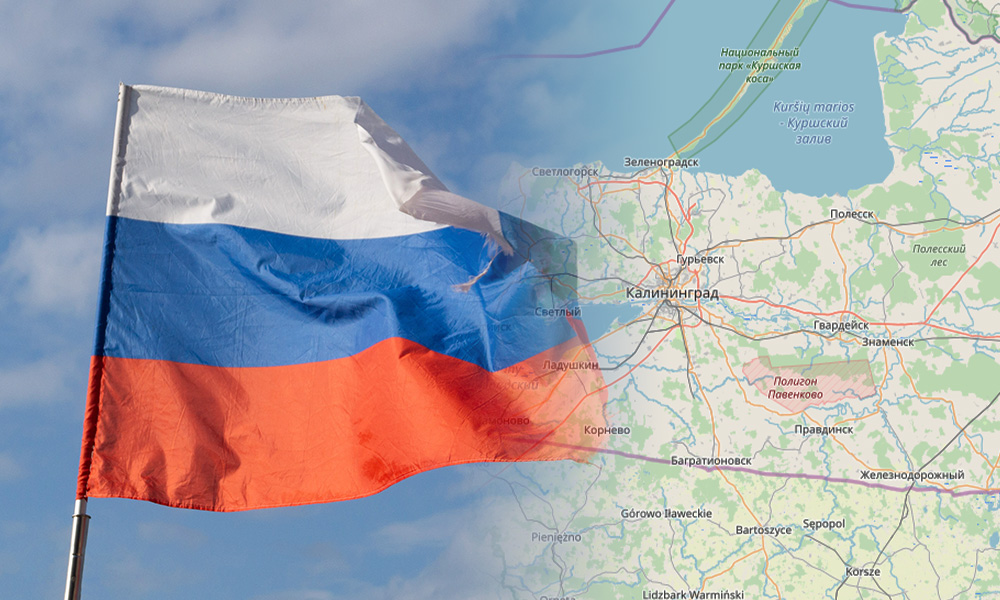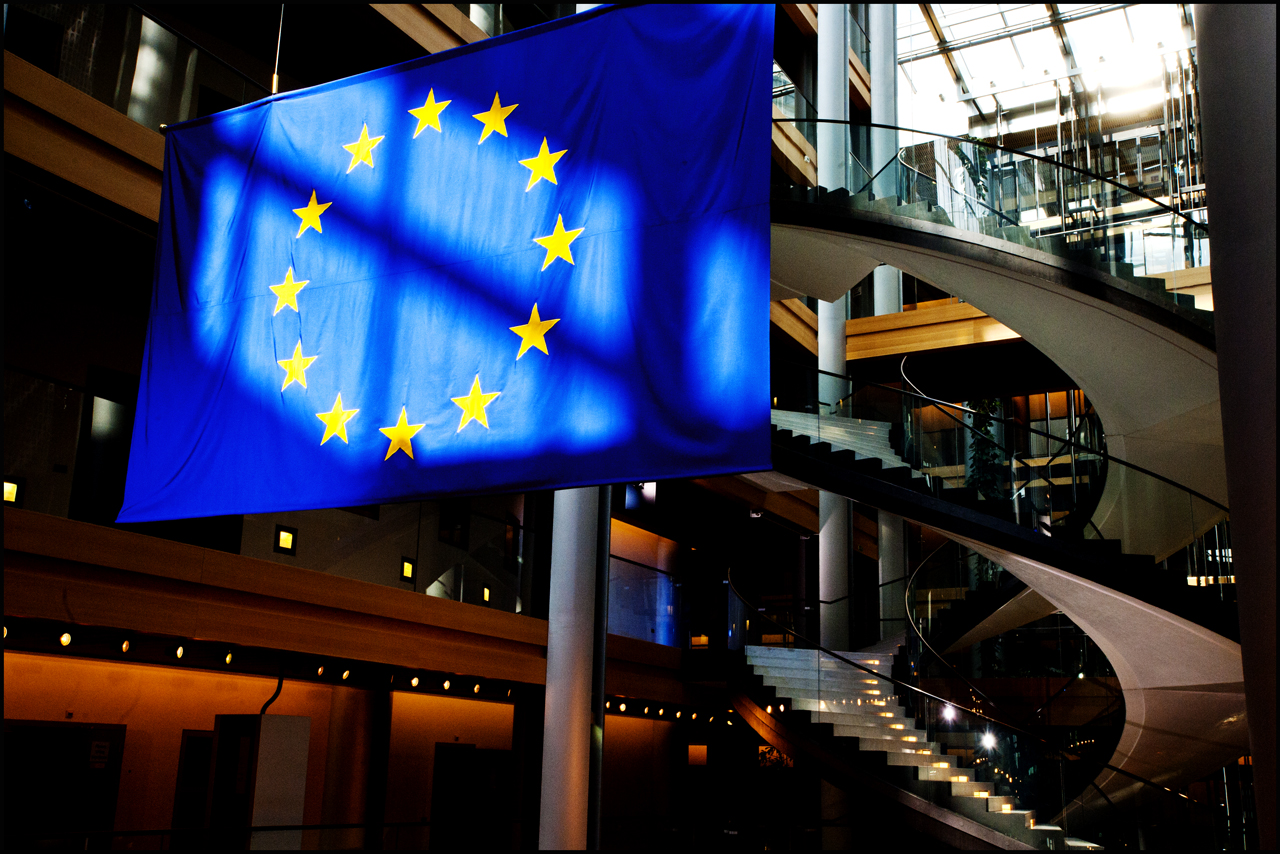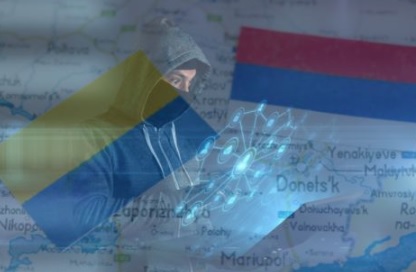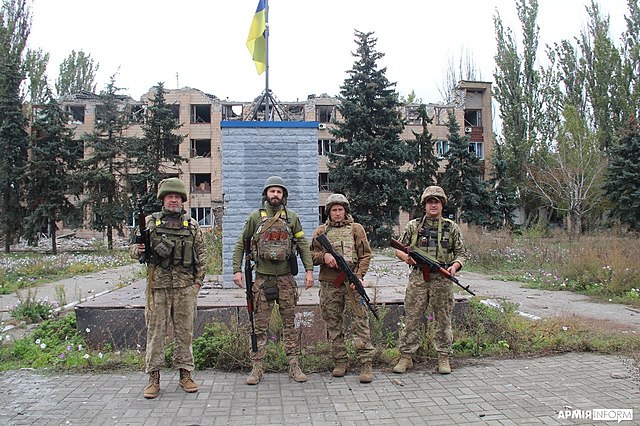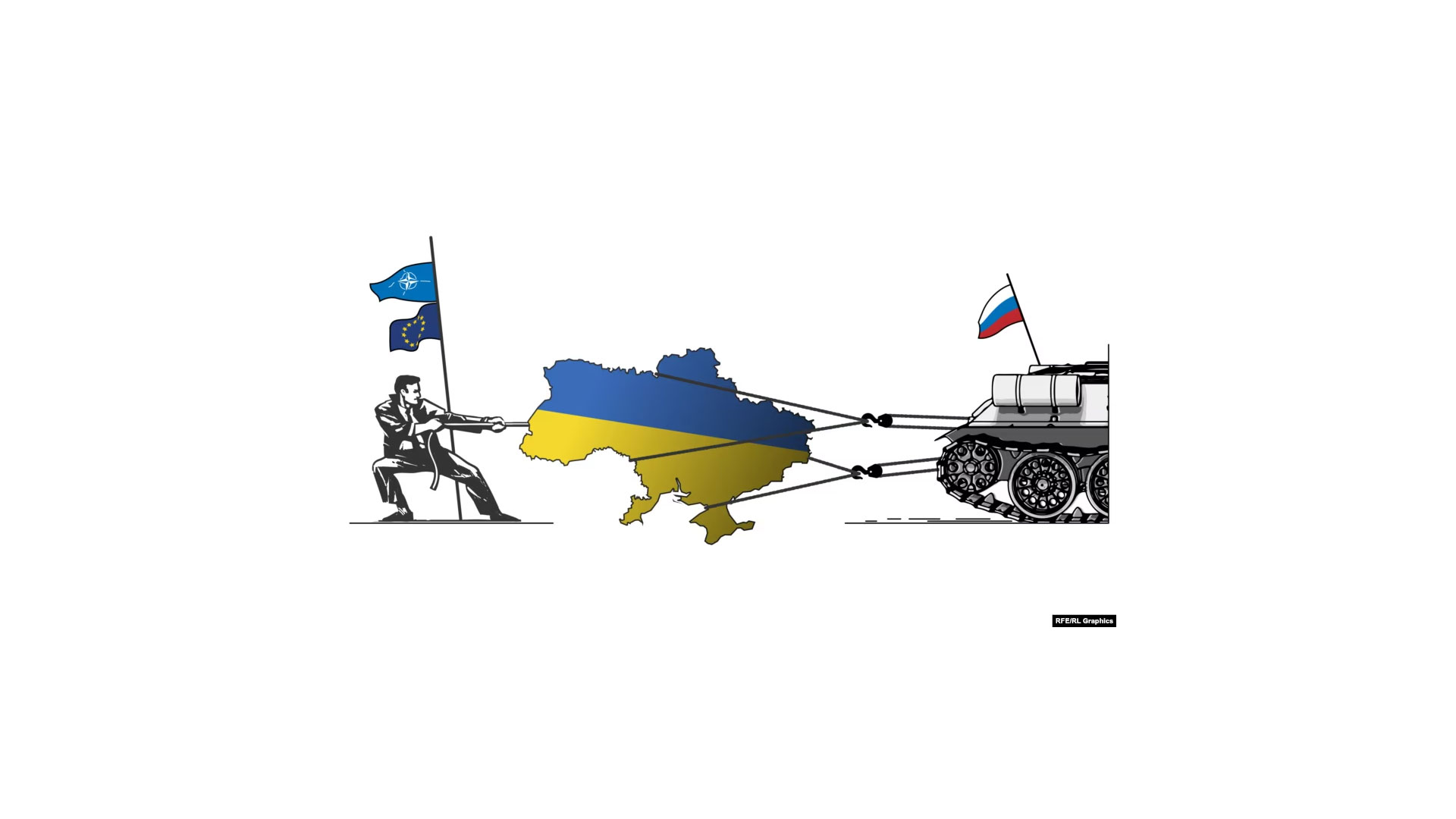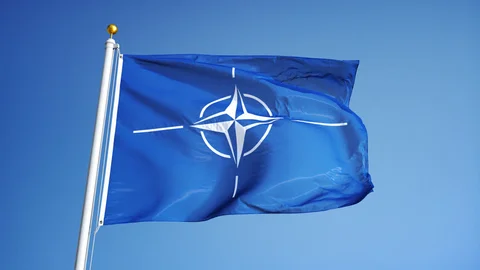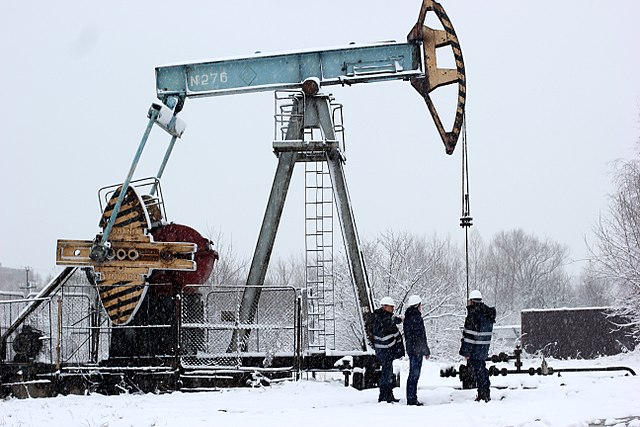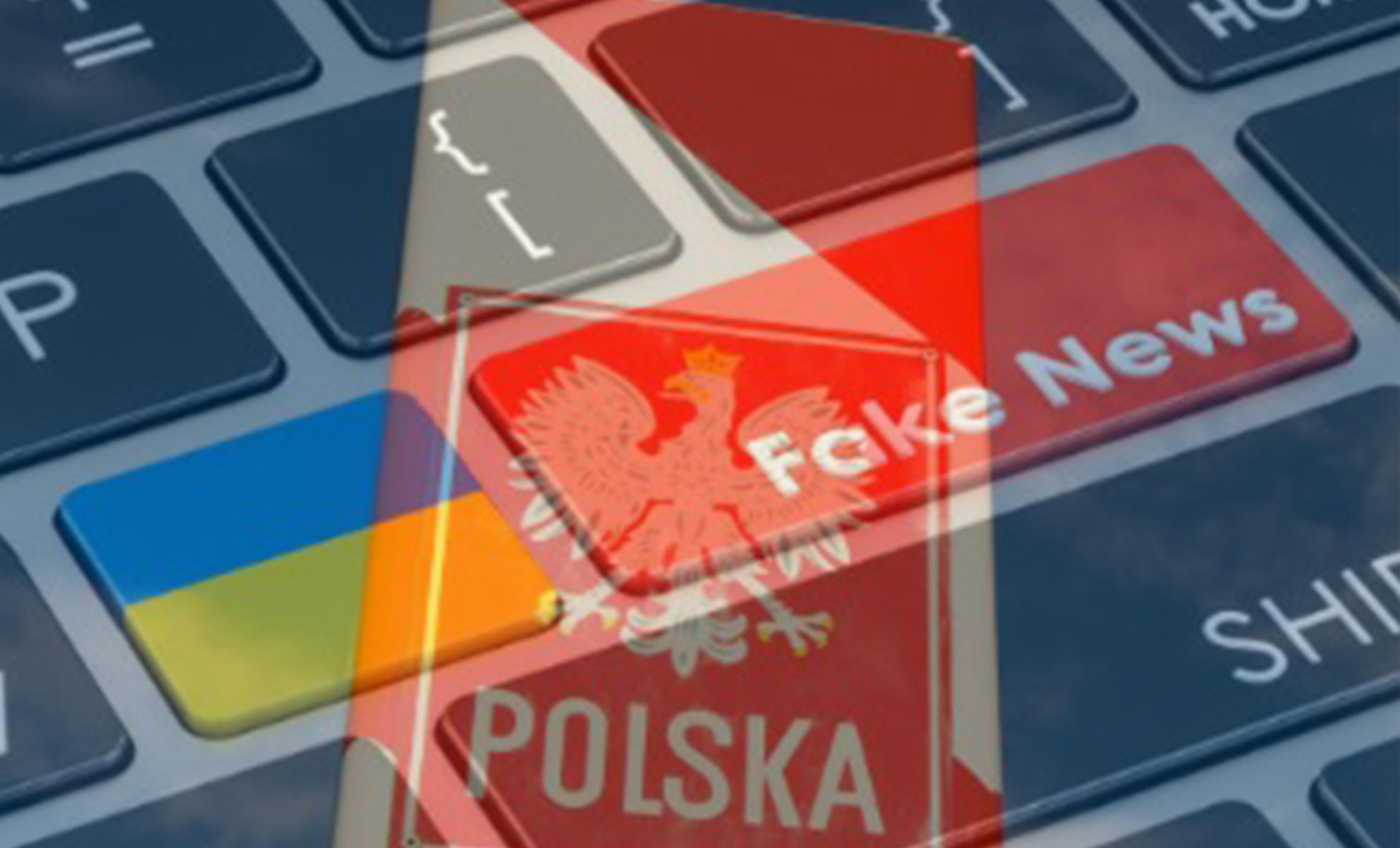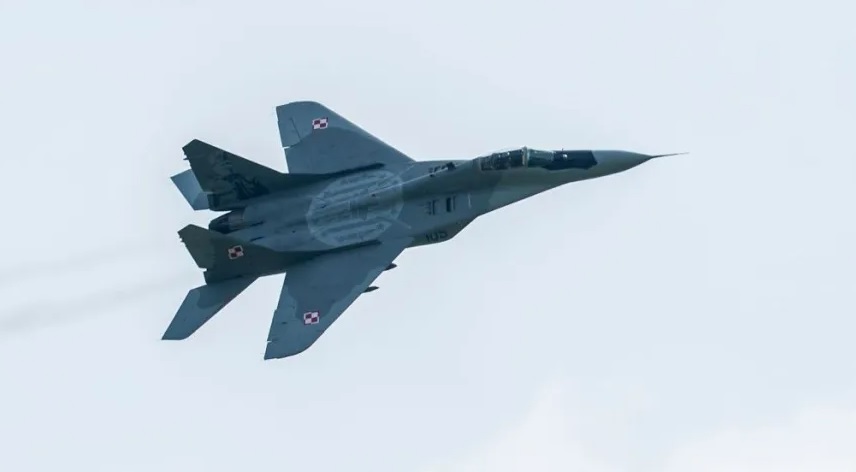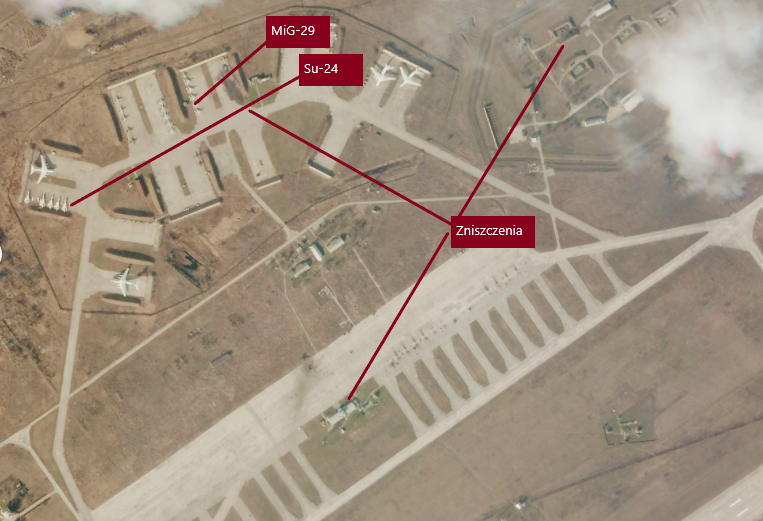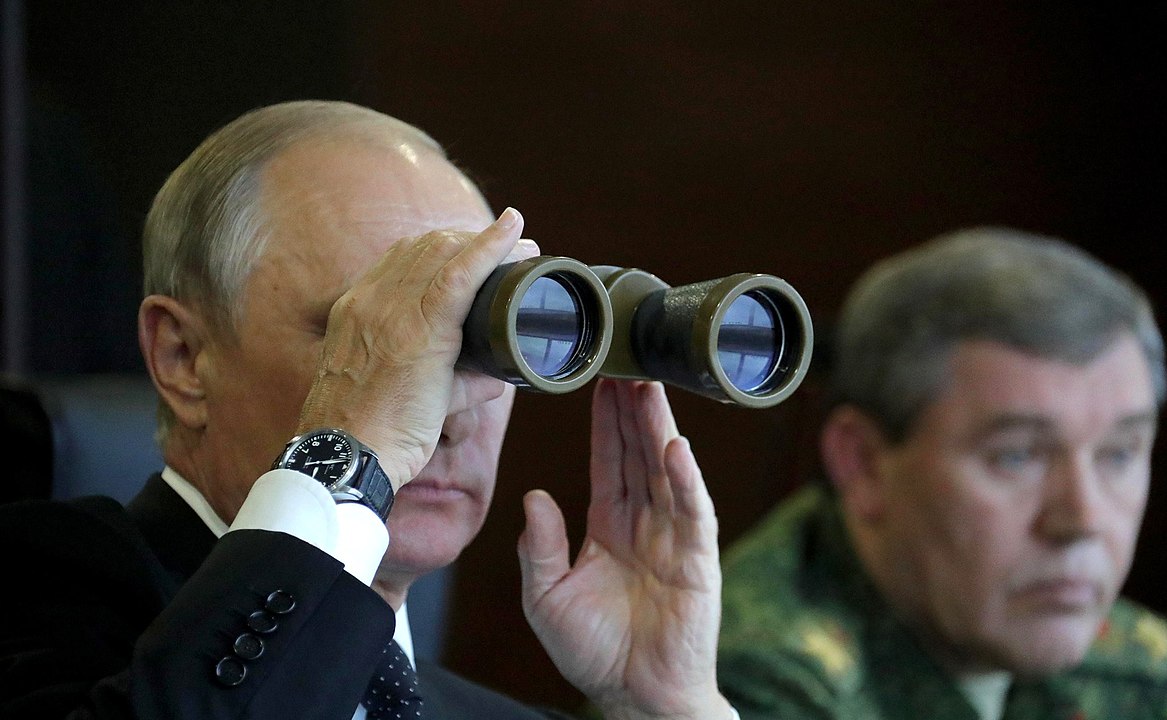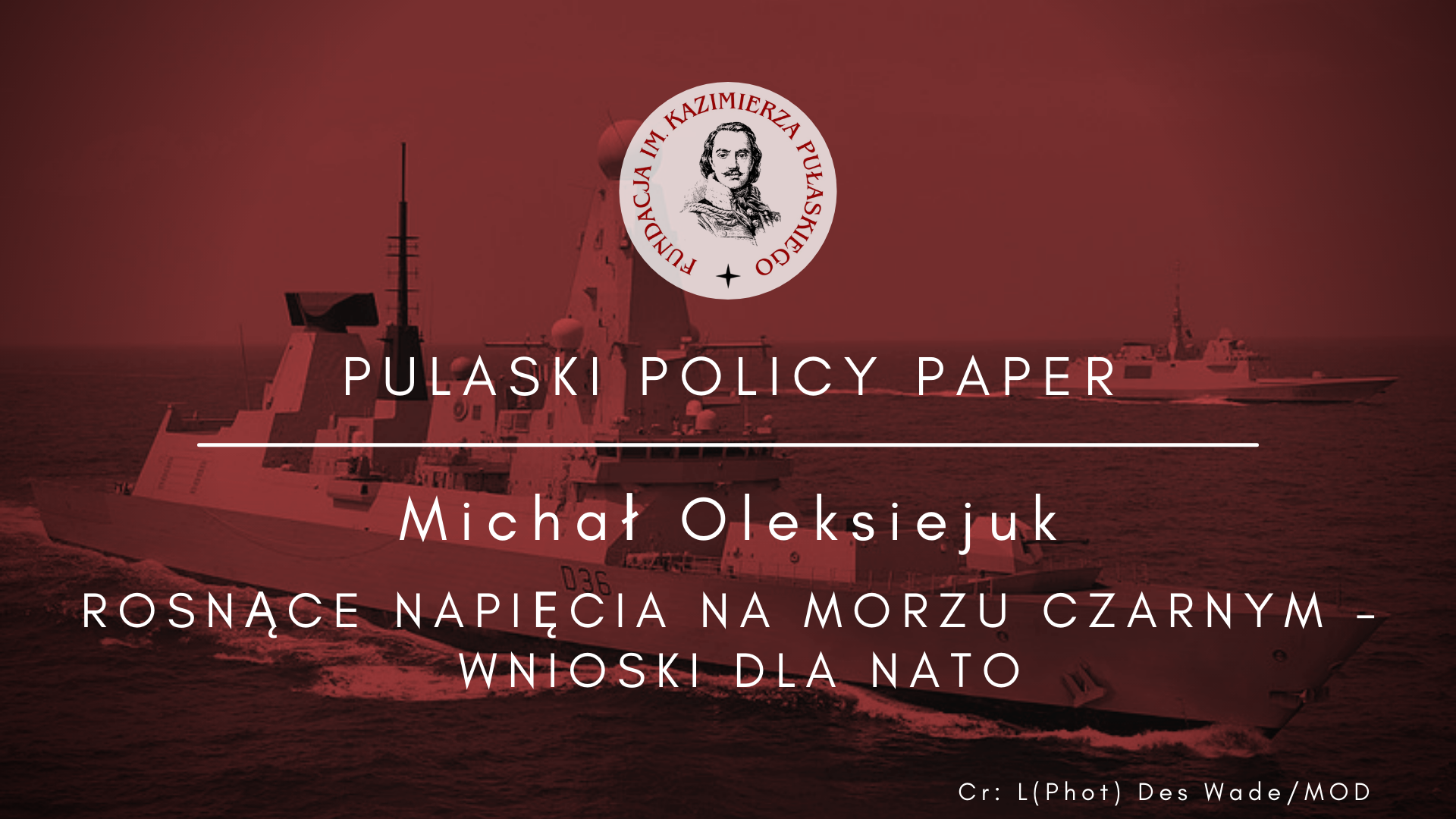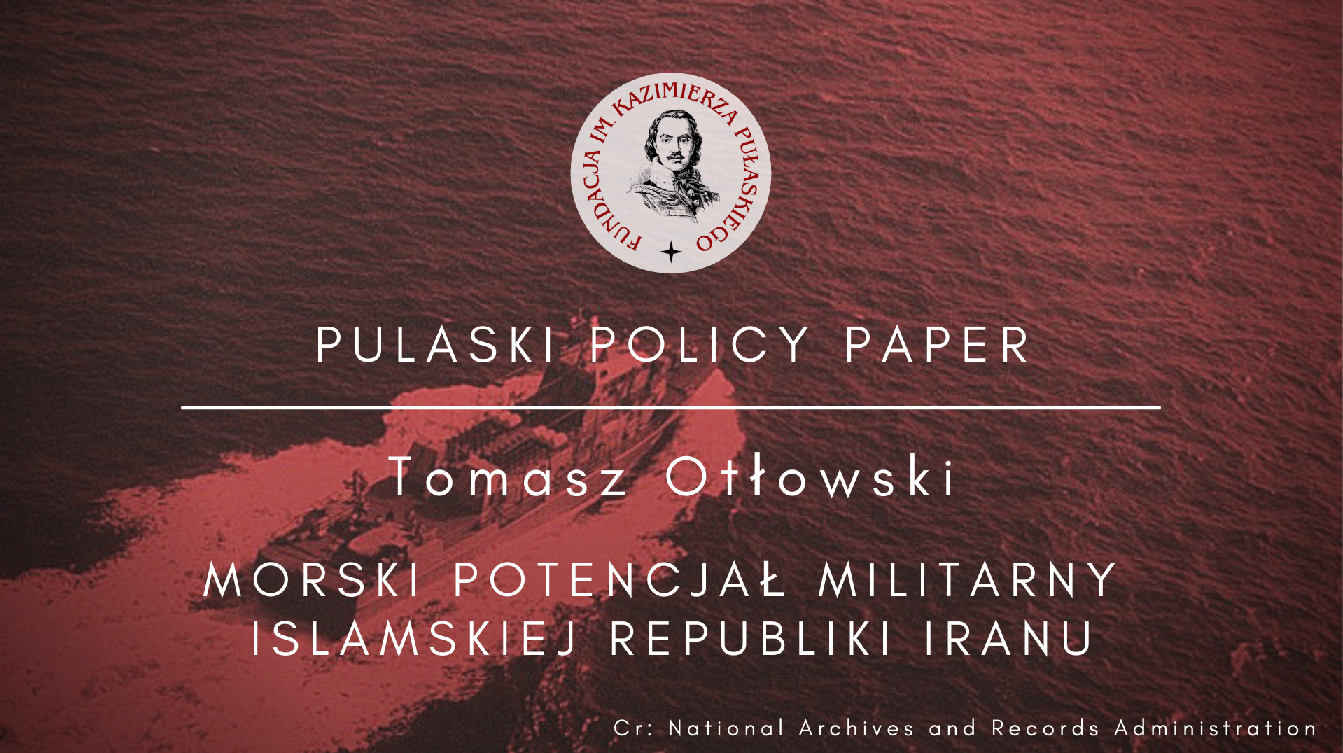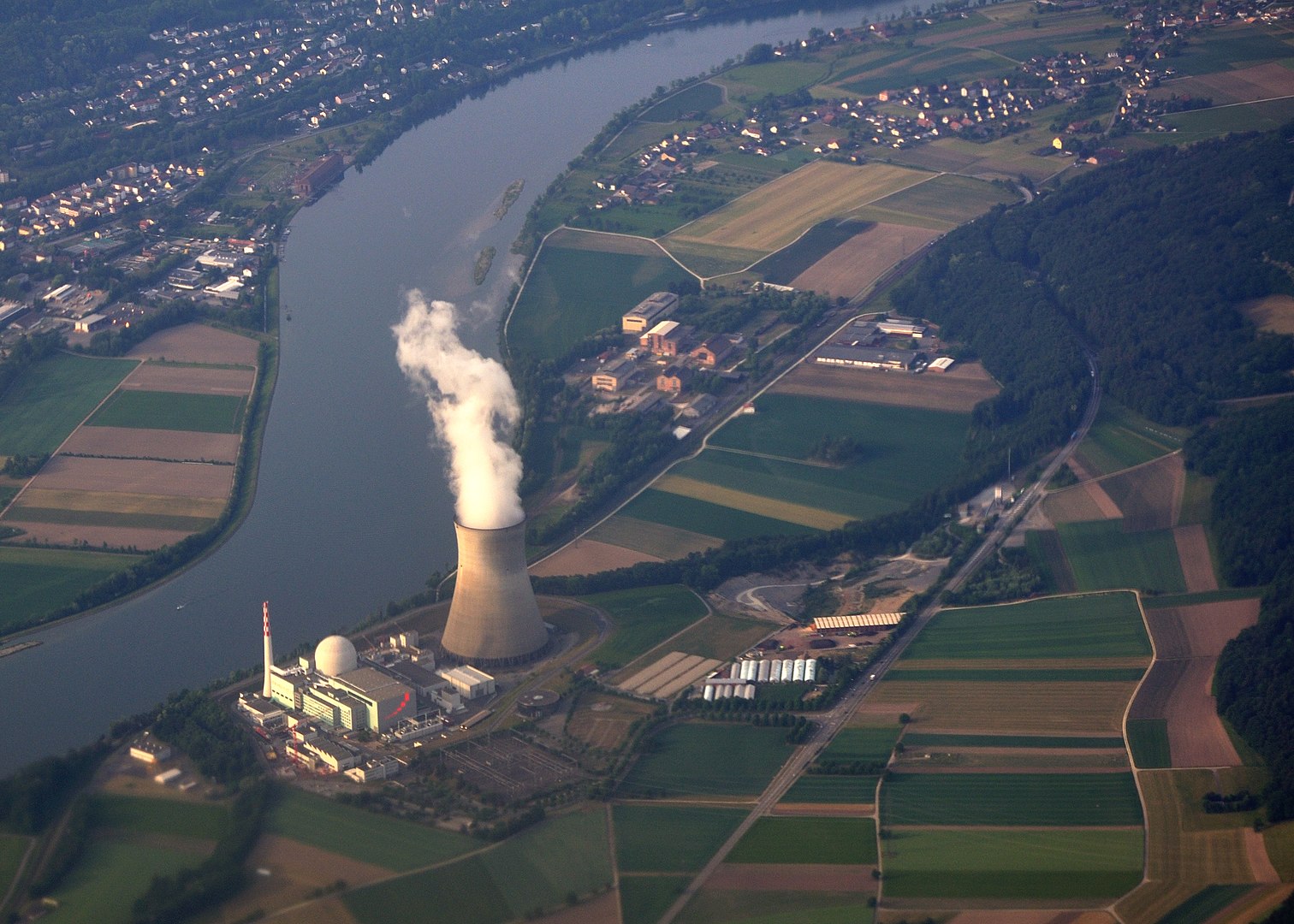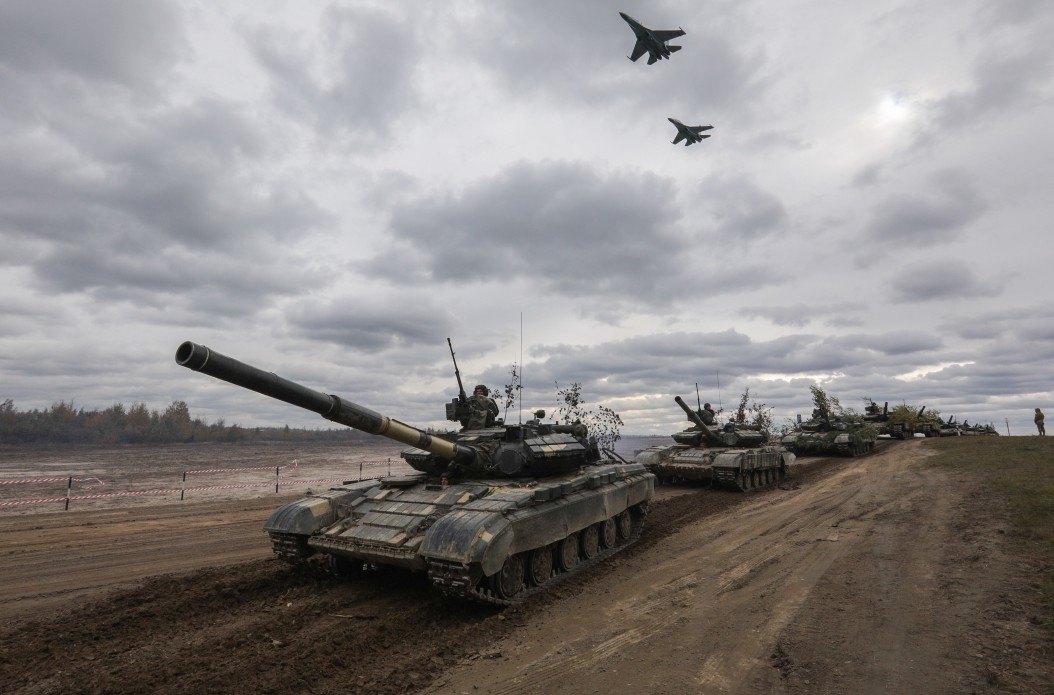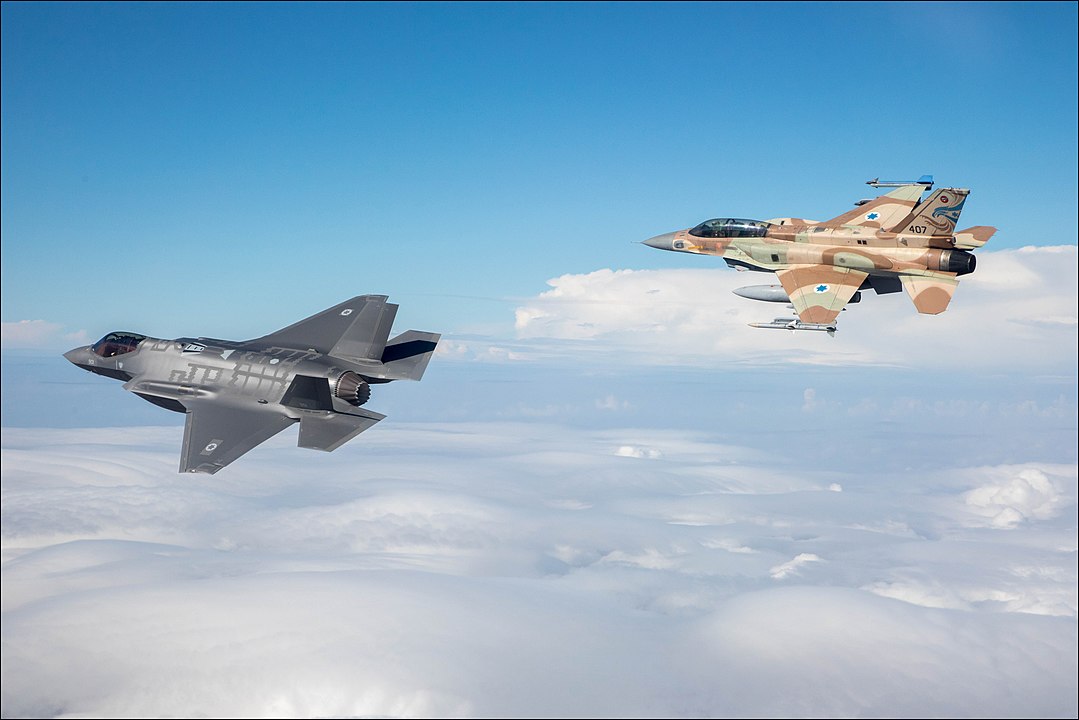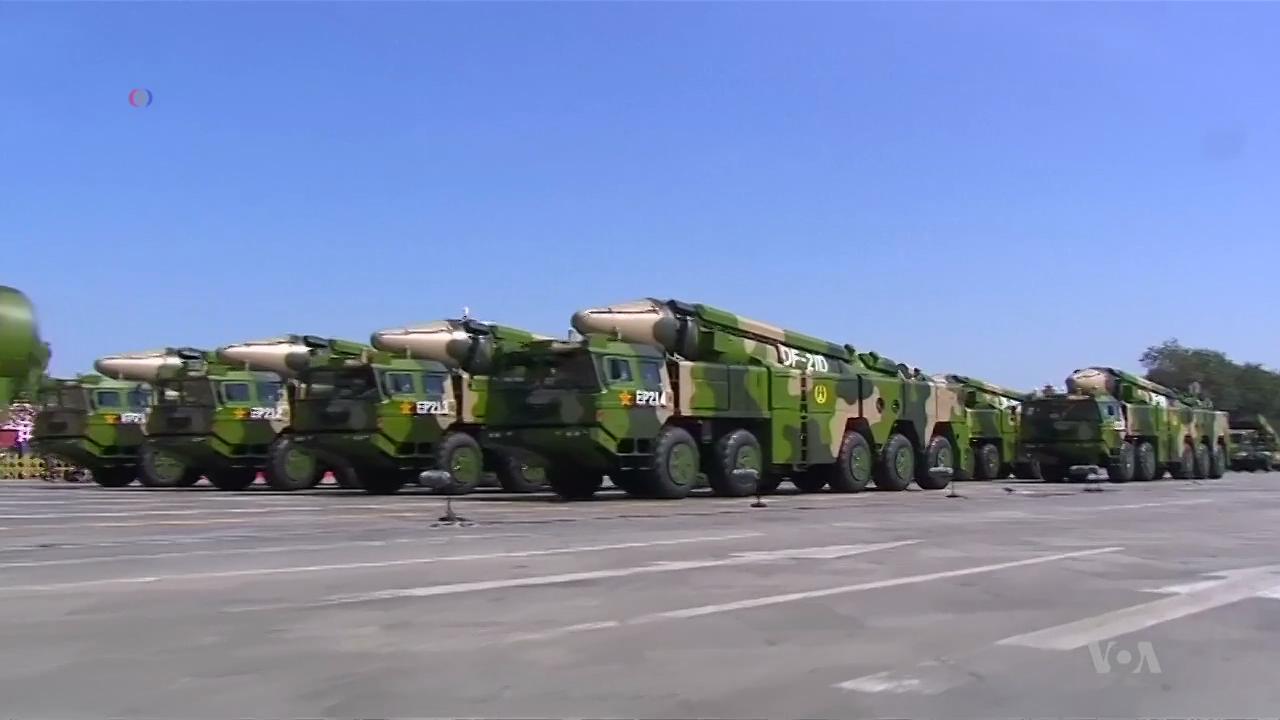The recent ceremony at the Kremlin when V. Putin announced annexation of four Ukrainian regions was as futile as it was emblematic of the current state of affairs in Moscow.
Autor: Miłosz J. Cordes
Opublikowano: 14/10/2022

Recent expansion of terrorism and the political-military destabilisation indicate a breakdown in the security structure of the Sahel region, even though we can hardly name it a structure.
Autor: Dominika Kulig
Opublikowano: 14/10/2022

Latest clashes between Armenia and Azerbaijan are part of the protracted conflict between these two countries. Though the main reason of it is the status of Artsakh, it also concerns Syunik province and never demarcated border between these two countries.
Autor: Witold Repetowicz
Opublikowano: 10/10/2022

There is no doubt that the information about the invasion of Russian troops on the site of the nuclear power plant (NPP) in Zaporizhia provoked an emotional reaction not only in Europe but in the whole world.
Autor: Jerzy Majcher
Opublikowano: 20/09/2022

One of the consequences of Russia’s invasion of Ukraine and the Western sanctions that followed has been deteriorating economic situation in Kaliningrad Oblast. The Russian semi-exclave on the Baltic, already affected by the COVID-19 pandemic and travel restrictions, has suffered from disrupted supply deliveries, closure of external markets and peaking transportation costs.
Autor: Miłosz J. Cordes
Opublikowano: 13/09/2022

On June 23rd, 2022, at the EU summit in Brussels Ukraine has been granted the EU candidate status. The decision was fully supported by the European Parliament, which has approved it with an overwhelming majority that has voted in favour of Kyiv (529:45, with 14 abstentions).
Autor: Professor Przemysław Żurawski vel Grajewski,
Opublikowano: 05/09/2022

The Russo-Ukrainian war, which started on 24 February has been the most significant armed conflict in Europe since the II World War. Alongside the traditional fight with artillery, tanks and ground troops’ fighting, it is also the first time when a cyber component is used on the wider scale by both sides. Many theoretical works have been published predicting how the war in cyberspace may look like but the war in Ukraine delivers actual answers to some questions bothering the experts and also brings important lessons for Poland.
Autor: Andrzej Kozłowski
Opublikowano: 17/08/2022

Started on 24 February 2022, Russian invasion ended a “hybrid” period of armed aggression against Ukraine’s independence, democracy and policy of integration with EU and NATO.
Autor: P. Burkovskyi, O. Haran
Opublikowano: 11/08/2022

Since the beginning of the Russian aggression against Ukraine in late February 2022, numerous NATO and EU member states – particularly those from Central and Eastern Europe – have started actively support Ukraine with a direct aid – not only humanitarian, but also military one. This assistance gave the Ukrainian military a much – needed lifeline and a capacity first to halt the Russian advance and then to push an aggressor back from Kyiv.
Autor: Robert Czulda
Opublikowano: 27/07/2022

The North Atlantic Treaty is like the constitution of an organisation, inviolable and containing more universal and indisputable content.
Autor: Andrzej Fałkowski
Opublikowano: 14/07/2022

With the current Russian aggression and virtually total blockage of the original fuel supply routes and the destruction of domestic fuel production capabilities, there is a need to reroute Ukrainian fuel supply chains via alternative routes.
Autor: Piotr Przybyło
Opublikowano: 05/07/2022

Poland was also depicted by Russian disinformation as a Russo phobic country, which wants to provoke a war with Russians and tries to pull out the West into it. Unfortunately, some Western experts were vulnerable to these claims and repeated Russian propaganda on this subject.
Autor: Andrzej Kozłowski
Opublikowano: 01/06/2022

On March 19, the Russian Federation attacked a Ukrainian aerial ammunition depot, located in the Ivano-Frankivsk region, using aeroballistic KINZHAL missiles. Since the beginning of the conflict in Ukraine, Russia has also used ballistic and cruise missile systems. These missiles were mainly used in the initial phase of hostilities against Ukraine’s military infrastructure, although it seems that their sheer scale of use was far from sufficient from a military point of view. It is therefore worth asking what conclusions can be drawn from the use of such systems in the first three weeks of the conflict.
Autor: Rafał Ciasto
Opublikowano: 22/03/2022

Pulaski Policy Paper no 5, 2022, March 10 2022 The […]
Autor: Tomasz Otłowski, Senior Fellow at the Security and Defense Programme of the Casimir Pulaski Foundation
Opublikowano: 10/03/2022

The Ukrainian authorities, however, clearly indicate that the Russian air superiority is the main problem in their defence campaign, which is well reflected in attacks on defence positions as well as civilian facilities in the defended Ukrainian cities. Hence, the Ukrainian authorities are calling for the establishment of a no-fly zone over Ukraine.
Autor: Dr. Tomasz Smura
Opublikowano: 09/03/2022

On 24 February this year, the Russian Federation, after a phase of increased political-military pressure lasting several months, launched military aggression against Ukraine. After the fourth day of Russian offensive actions there are already clear conclusions as to the probable plans and military objectives of the Armed Forces of the Russian Federation.
Autor: PhD Tomasz Smura
Opublikowano: 28/02/2022

“Comrades – we have been standing on the edge of a precipice. I am glad to say that we have made a great step forward”. This pun from a sketch performed by the Cracow-based cabaret in 1960s was mocking the absurdity of inept propaganda of the Polish communist rulers at the time.
Autor: Robert Pszczel
Opublikowano: 21/02/2022

Russia has conducted Zapad-2021, the latest instalment of its quadrennial joint military exercises with the Republic of Belarus. They lasted from the 10th until the 16th of September 2021. A large part of the exercise took place on the territory of Belarus, requiring a significant number of Russian military units to be transported into the former Soviet republic, where they carried out the various manoeuvres that the Zapad-2021 set of operational objectives required from them.
Autor: Reuben F. Johnson
Opublikowano: 04/11/2021


Pułaski Policy Paper no 7, July 1, 2021 An unfavourable […]
Autor: Tomasz Otłowski
Opublikowano: 01/07/2021

Pulaski Policy Paper no 6, 2021, 23rd of June 2021 […]
Autor: M. Oettingen
Opublikowano: 23/06/2021

For years after the Cold War invading one its neighbours had been deemed largely unthinkable. That is, until Moscow’s military rolled across the border of Georgia in August 2008 and seized two provinces which it still occupies today. A similar land grab of Ukrainian territory was fraught with horrendous consequences. In 2014, Russian President Vladimir Putin invaded both Crimea and the Eastern Donbas regions. To this day the latter remains a war zone with massive devastation throughout and more than 13,000 persons killed – 25 per cent of those being civilians.
Autor: Reuben F. Johnson, Research Fellow at Security and Defence Programme of Casimir Pulaski Foundation
Opublikowano: 13/05/2021

Pulaski Policy Paper no 4, 2021, May 5, 2021 In […]
Autor: Tomasz Otłowski
Opublikowano: 05/05/2021

Pułaski Policy Paper No 3, March 24, 2021 In the […]
Autor: Tomasz Smura
Opublikowano: 24/03/2021

The Ukraine defence-industrial complex, usually referred to by the Russian acronym (transliterated) as OPK, was at one time a sprawling and multi-faceted – as well as vital – component of the former Soviet Union’s empire of factories, design bureaux and military R&D centres. Ukraine’s contribution to building Moscow’s massive war machine was considerable and involved several areas of specialisation:
Autor: R. Johnson
Opublikowano: 11/03/2021


